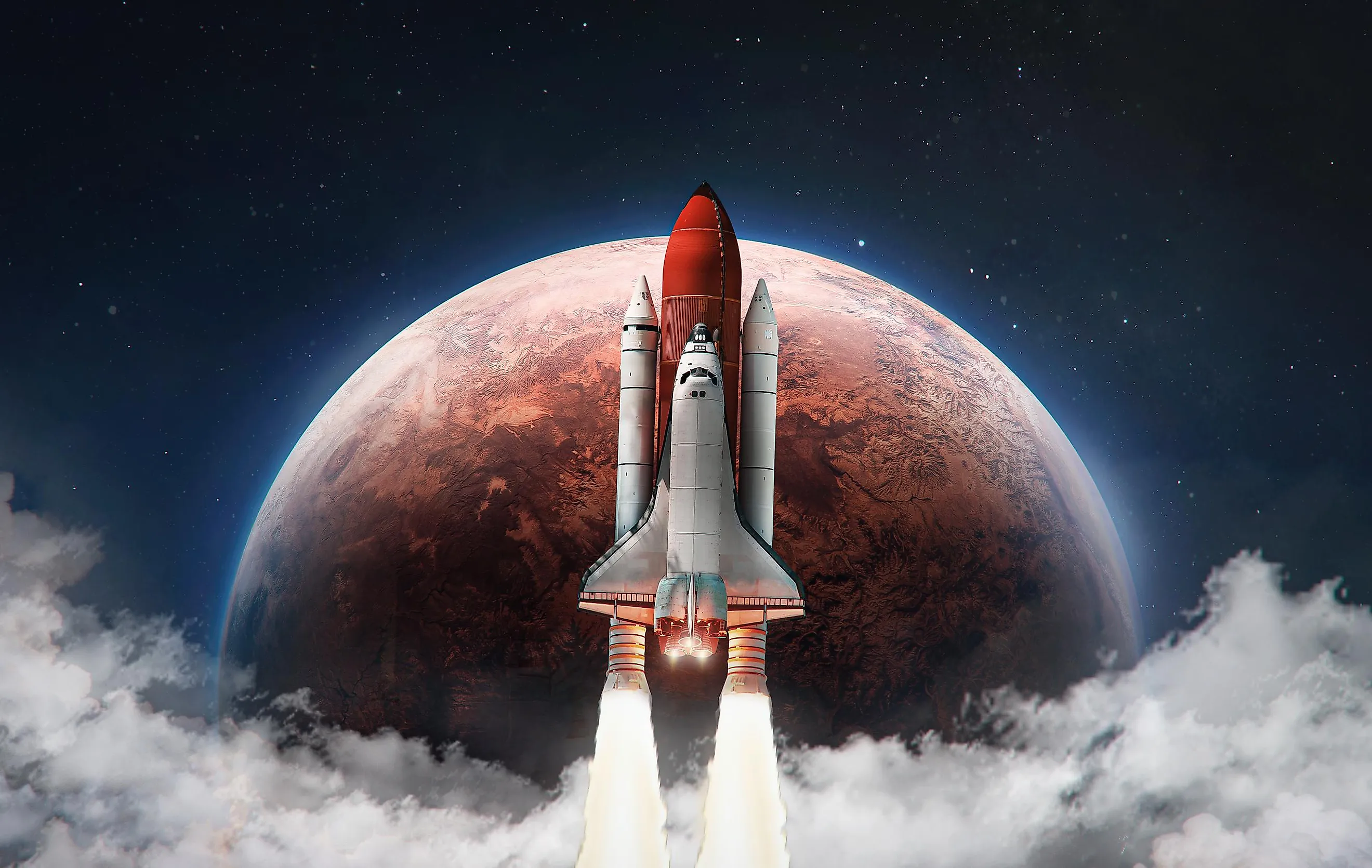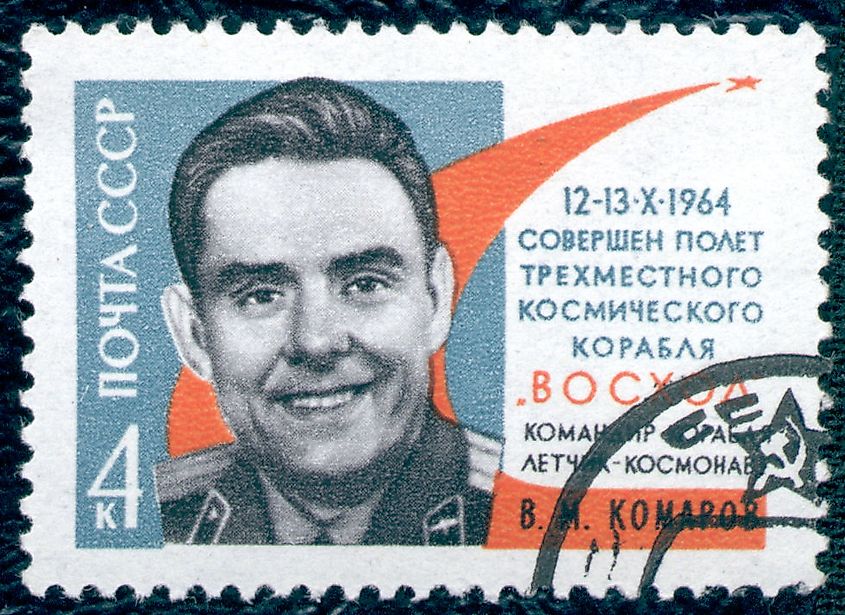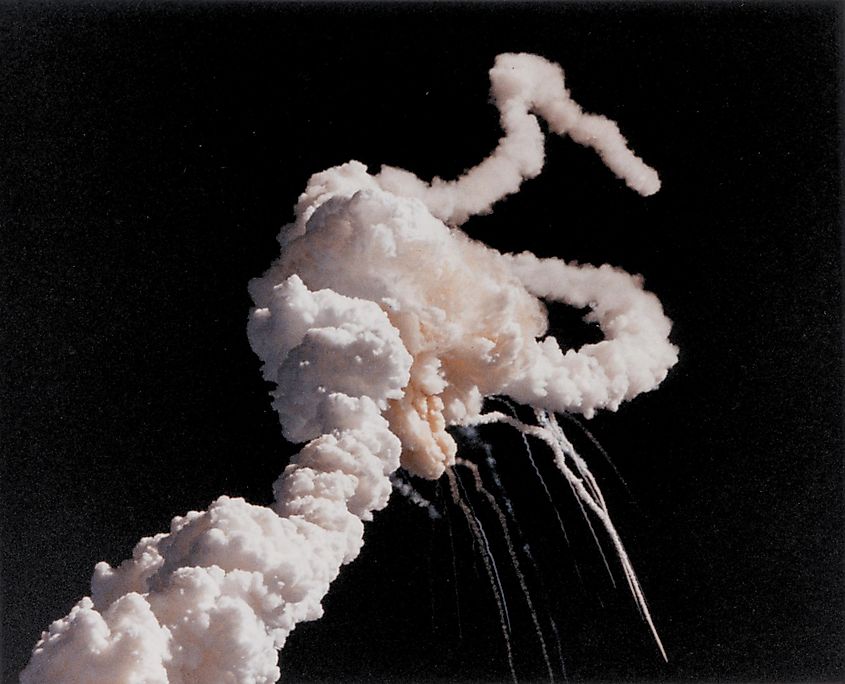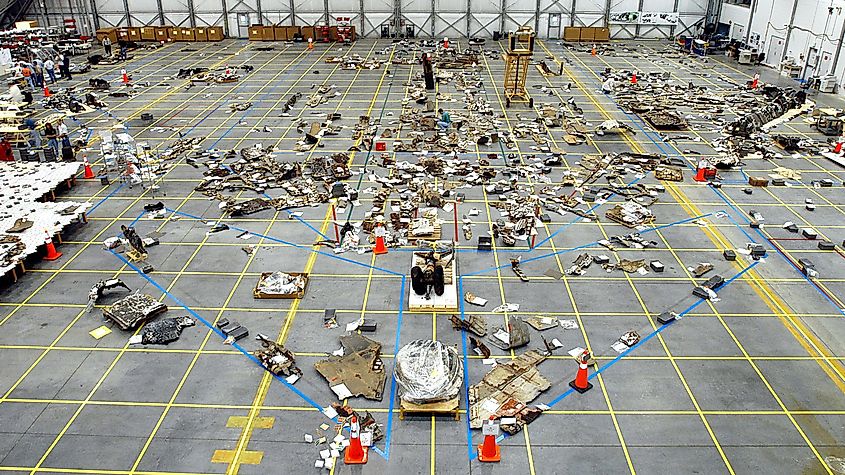
How Many Shuttles Were Lost In Space?
Space travel is never easy. It is a dangerous endeavor, one in which people put their lives at risk in the name of exploration. For the most part, the history of spaceflight has been relatively safe. Most rockets and shuttles launch from the Earth, reach their destinations, and safely return to the surface. However, there have been three major disasters in the history of spaceflight that have resulted in an irreversible loss of human life. Those who lost their lives sacrificed everything in the name of discovery. We must understand how these events unfolded so that they may never be repeated.
- The Soyuz 1: In 1961, with Vladimir Komarov on board, this shuttle crashed because the parachutes used for slowing down the shuttle did not deploy properly.
- The Challenger: In 1986, this shuttle broke into pieces soon after liftoff because of a malfunctioning O-ring, a part that became unstable due to low air temperature. All seven astronauts lost their lives.
- The Columbia: In 2003, although everyone knew about the damaged left wing of the shuttle, it still fell apart after entering Earth’s atmosphere, killing all seven astronauts on board.
1961: Soyuz 1 Accident

During the 1950s and 1960s, the United States and the Soviet Union were locked in a space race. The Soviet Union started the space race by launching the first satellite in 1957, called Sputnik. Four years after the launch of Sputnik, Soviet cosmonaut Yuri Gagarin became the first human to break the bonds of Earth’s gravity and enter into orbit around Earth. The United States was far behind the Soviet Union in terms of human spaceflight, yet it didn’t take long for them to catch up. The United States defined the end goal of the space race: whoever landed humans on the moon first. The two countries rushed to develop the necessary technology required for humans to land on the surface of the moon. Unfortunately, this rush led to some drastic oversights in technology, especially in the Soviet Union, where there was little to no independent oversight.
In 1967, the Soviet Union launched its first Soyuz spacecraft. Called Soyuz 1, it was meant to be a design prelude for the rockets that would carry Soviet cosmonauts to the moon. However, political pressure put on scientists and engineers resulted in many technical oversights. Engineers for the Soyuz 1 spacecraft reported 203 design faults, yet their concerns were overlooked so that the launch of Soyuz 1 could occur on the birthday of Vladimir Lenin. The launch was also rushed to try and beat the United States to the moon. Soviet cosmonaut Vladimir Komarov was the pilot of Soyuz 1, which was launched from Earth on April 23, 1967. Technical issues began shortly after Soyuz 1 launched. One of the spacecraft’s solar panels failed to deploy, leading to an energy shortage for the entire craft. Soyuz 1 also experienced issues with its orientation. By the time Soyuz 1 had orbited Earth 13 times, the stabilizing and manual systems had mostly failed. After the 18th orbit, the mission was aborted, and Vladimir Komarov activated the rocket boosters of Soyuz 1 to return to Earth. During the descent, the primary parachute of Soyuz 1 failed to deploy, and the spacecraft crashed into the Earth’s surface. Unfortunately, Vladimir Komarov did not survive the impact. The tragedy of Soyuz 1 revealed apparent issues with the Soviet Union’s space program. It led to a very long delay before the Soviet Union sent any more cosmonauts into space. This delay was a huge factor in the Soviet Union’s failure to land humans on the moon.
1986: The Challenger Disaster

The 1980s saw a general lack of interest in human spaceflight. The space race was over, and no humans had gone to the moon in over a decade. After the Apollo program, NASA developed the space shuttle. Unlike rockets used in the 1960s, the space shuttle would be a reusable spacecraft. To reignite the general public’s interest in spaceflight, NASA decided to allow a civilian to participate in one of its shuttle missions. Christa McAuliffe was a school teacher who was awarded the opportunity to fly into space aboard the Challenger shuttle in 1986. For the most part, there were no technical issues for Challenger.
Problems, however, arose on the morning of launch day. Temperatures were colder than during any other shuttle launch, and engineers were concerned with how this would affect the shuttle’s O-rings. The O-rings were designed to form a seal around the shuttle’s rocket boosters, and engineers had not tested whether or not this seal would be maintained under the colder temperatures. Just before Challenger’s launch, engineers had expressed concern that the O-rings may not hold their seal. Unfortunately, their concerns were overlooked, and the launch went ahead as planned. Shortly after launch, the O-ring seal broke, and Challenger broke apart. All seven astronauts aboard the shuttle lost their lives.
2003: The Columbia Shuttle Disintegration

Problems for The Columbia Shuttle began shortly before its launch on January 16, 2003. A large piece of foam fell off the shuttle and struck Columbia’s left wing. Due to poor camera quality at the time, mission control barely noticed what had happened. Even after what had happened was revealed, they could not determine how much damage had occurred. Columbia launched from Earth and entered into orbit with no issue. It wasn’t until two days after the launch that some engineers noticed the piece of foam striking Columbia in footage of the launch. Unfortunately, there was no way of assessing how much damage was done, and NASA believed that the shuttle would be able to return safely to Earth.
On February 1, 2003, Columbia began its reentry into Earth’s atmosphere. During its descent, mission control noticed some issues with the left wing, and shortly after, debris began breaking off Columbia. At around 2:00 pm, all communication with Columbia failed. Moments later, the entire Shuttle began to break apart mid-flight. At 2:12 pm, mission control had been made aware that the whole Shuttle had disintegrated. The cause of Columbia's breakup was determined to result from the price of foam striking the left wing and causing extensive damage. Unfortunately, all seven astronauts aboard Columbia lost their lives.











